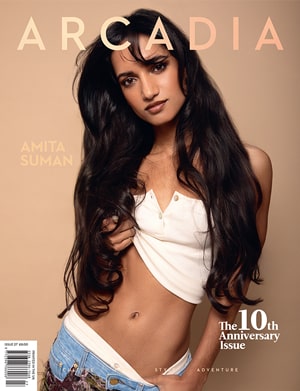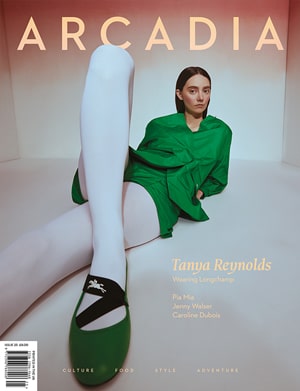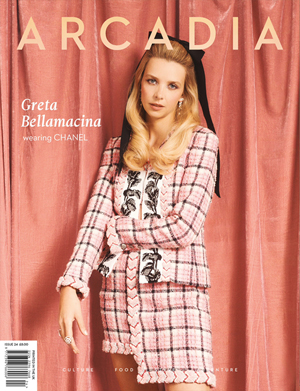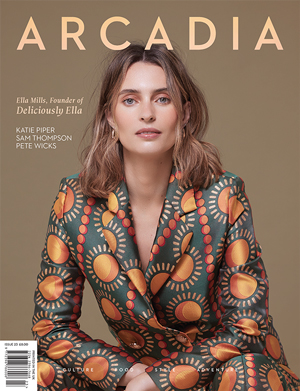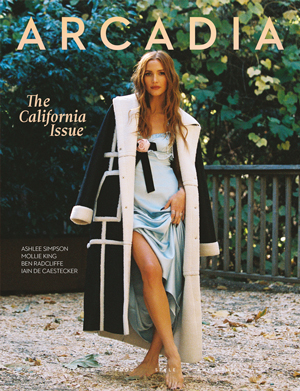
Ten years ago, if you wore oversized glasses, people assumed you’d lost your regular pair and borrowed your grandmother’s. Fast forward to now, and tiny frames look like you’re stuck in 2003. The bigger-is-better crowd won, and honestly? They were right all along.
Here’s what changed: we finally admitted that oversized sunglasses aren’t just for hiding hangovers or avoiding paparazzi. They’re objectively more flattering on most faces. They balance proportions better. They make a statement without trying too hard. And unlike those microscopic frames we all wore in the early 2000s, they actually protect your eyes from the sun.
But there’s a catch – oversized only works when it’s done right. Get it wrong and you’re in bug-eye territory, or worse, wearing frames that constantly slide down your face. Get it right? You look mysteriously put-together, even in sweats. That’s the power of proper proportions.
The Psychology Behind Why Big Frames Won
Let’s examine why oversized glasses have become so popular. It’s not just fashion cycling through trends. There’s actual logic here:
They create better facial balance. Large frames act like contouring for your face structure. They draw attention upward and outward, creating more symmetrical proportions.
They’re more practical. Bigger lenses mean better peripheral vision and more sun protection. Who knew function could drive fashion?
They make you look younger. Smaller frames can appear pinched and aging. Oversized frames open up your face and soften harsh lines.
They’re a confidence move. Choosing bold frames says you’re not trying to hide. It’s the eyewear equivalent of good posture.
The Size Sweet Spot (Where Magic Happens)
Not all “oversized” is created equal. Here’s the breakdown:
Actually Oversized: Frames that extend slightly beyond your face width. These make a statement while still looking intentional.
Proportionally Large: Frames that fit your face width but have taller lenses. These elongate without overwhelming.
Comically Huge: Frames that swallow your face. Unless you’re going for a specific artistic effect, these rarely work in real life.
The sweet spot? Frames that hit just at or slightly beyond your temple width, with lenses that cover from eyebrow to mid-cheek. Any bigger and you’re in costume territory.
Face Shapes: The Real Rules (Not the BS Ones)
Forget those complex face shape charts. Here’s what actually matters:
If your face is round: Angular oversized frames add structure. Skip perfect circles unless you want to emphasize roundness.
If your face is square: Softer, rounder oversized frames balance sharp angles. Harsh geometric shapes will compete with your jawline.
If your face is long: Wide, horizontal frames break up length. Avoid frames taller than they are wide.
If your face is heart-shaped: Bottom-heavy frames balance a wider forehead. Top-heavy styles will make you look upside-down.
The universal truth: If frames make you look good, wear them. Rules are guidelines, not laws.
How QUAY Changed the Oversized Game
While luxury brands were charging hundreds for basic oversized frames, QUAY figured out how to make them accessible without sacrificing style. Their approach? Stop treating oversized as “specialty sizing” and start treating it as standard.
Their designers actually wear their own products (revolutionary, right?), so the proportions work on real faces, not just runway models. The result? Oversized frames that don’t slide, don’t pinch, and don’t cost your rent money.
The Materials That Matter
Acetate: The winner for oversized frames. It’s lightweight enough for larger sizes, durable enough for daily wear, and comes in every color imaginable. Plus, it can be adjusted by opticians if needed.
Metal: Tricky for oversized. Too thin and it looks costume-y. Too thick and it’s heavy. Best suited for semi-oversized rather than full-dramatic frames.
Plastic injection: Good for sport or casual styles. Lightweight and affordable, but less adjustable than acetate.
Mixed materials: Metal bridges with acetate fronts give structure without weight. Smart engineering for bigger frames.
Styling Oversized Frames (Without Looking Like You’re Playing Dress-Up)
Keep everything else simple. Big frames are the statement. Competing with bold earrings or busy patterns creates visual chaos.
Consider your hair. Pulled-back styles let frames shine. Bangs can work, but need careful proportion balance.
Match the vibe, not the color. Your frames don’t need to match your outfit. They need to match your energy.
Own the look. Oversized frames require confidence. Wear them like you meant it, not like you’re trying them on.
Trendy Sunglasses for Women: The Oversized Evolution
The oversized trendy sunglasses for women first, and then migrated to prescription frames. Now we’re seeing:
- Shield-style oversized (one continuous lens)
- Geometric oversized (hexagons, octagons)
- Gradient oversized (dark to light tinting)
- Colored transparent oversized (the anti-basic choice)
Each style serves different purposes. Shields for maximum coverage. Geometrics for artistic edge. Gradients for versatility. Colored for personality.
The Practical Reality Check
| Frame Width | Face Width | Result |
| Under 130mm | Any | Too small for oversized effect |
| 130-140mm | Narrow to medium | Proportional oversized |
| 140-150mm | Medium to wide | Classic oversized |
| Over 150mm | Wide or statement-seeking | Dramatic oversized |
Common Oversized Mistakes (And How to Avoid Them)
Mistake 1: Going too big too fast. If you’re used to small frames, jumping to massive ones feels costume-y. Graduate gradually.
Mistake 2: Ignoring weight. Oversized doesn’t mean heavy. If frames leave marks or cause headaches, they’re too heavy.
Mistake 3: Wrong bridge fit. The bridge determines everything. Too narrow = frames sit too high. Too wide = constant sliding.
Mistake 4: Cheap materials. Larger frames need quality construction. Flimsy, oversized frames warp and break quickly.
The Maintenance Reality
Bigger frames = bigger responsibility. They show fingerprints more. They require proper storage (not tossing them in bags). They need regular adjustments to maintain a proper fit.
But they’re also more forgiving of minor scratches (more lens area means damage is less noticeable). And they’re easier to clean (more surface to grip).
Bottom Line
Oversized glasses aren’t going anywhere. They’ve proven they’re not just a trend but a correction to years of unnecessarily tiny frames. The key is finding your version of oversized – the size that makes you look better, not just bigger.
Stop trying to hide behind minimal frames. Get glasses that actually fit your face and your personality. The oversized revolution already happened. You might as well enjoy the benefits.
FAQs
Q: Will oversized glasses make my face look smaller?
A: Actually, yes – when proportioned correctly. Oversized frames create a contrast that can make facial features appear more delicate. The key is frames that are large but not overwhelming. If they extend too far past your face, the effect reverses.
Q: Can I wear oversized glasses with a small face?
A: You can wear proportionally oversized frames. Look for styles labeled “oversized” but in smaller measurements (130-135mm width). They’ll give you the oversized aesthetic without swallowing your features.
Q: Do oversized frames work for prescription lenses?
A: Yes, but consider lens weight with stronger prescriptions. High-index lenses keep thickness down in larger frames. Also, certain prescriptions work better in frames that aren’t too dramatically oversized.
Q: How do I know if my oversized glasses are too big?
A: They’re too big if they touch your cheeks when you smile, extend past your temple width by more than 5mm, constantly slide down despite adjustments, or you can see the frame edges in your peripheral vision.


